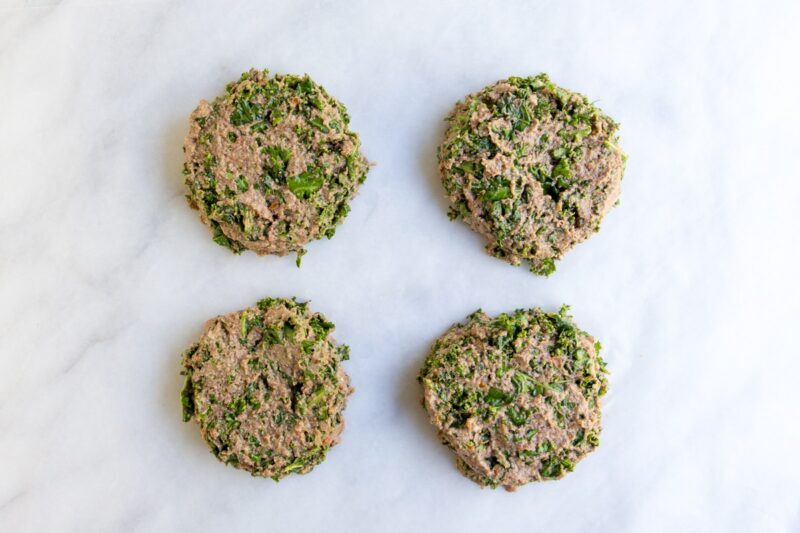Picking Your Fx Protein

Protein is an important part of your meals and adding small amounts benefits your body in many ways. It helps maintain muscle mass, carry oxygen to cells, balance your sugar, and keeps you feeling full after eating.
Although plants are preferred, keep these guidelines in mind if you decide to incorporate animal protein too:
- Start with a healthy animal—no antibiotics or added hormones.
- Favor wild, free range and grass-fed.
- Work to minimize portions and frequency—a few ounces is plenty (about the size of the palm of your hand).
I can remember a time when meat took center stage on the plate and veggies were almost an afterthought. Today it makes more nutritional sense to flip that formula around—downsize your meat portions to more of a side dish and load the rest of your plate with leafy greens and other non-starchy vegetables.
Protein Options
A simple rule when picking your protein foods is to choose plants over fish, over fowl, over beef.
Plants
- Hummus
- Legumes (beans, peas, lentils)
- Whole food plant-based burgers
- Plant-based protein powder
- Quinoa
- Tempeh – fermented soybeans
- Tofu – soybean curd
- Seitan – a meat substitute made out of wheat gluten
Fish: Choose cold-water, omega-3-rich fish
- Cod
- Halibut
- Salmon
- Trout
- Tuna
Fowl: organic, pasture-raised chicken and turkey
Beef: organic 100% grass-fed beef
The benefits of plant-based proteins
Did you know the average American falls way short on dietary fiber? Due to a rise in the reliance on processed convenience foods (i.e. frozen meals, canned foods and take-out), most of us only achieve 10-15 grams of fiber per day compared to the recommended 25-35 grams.
Why should you even care about getting more fiber? Here are five good reasons:
- Fiber slows digestion and satisfies hunger.
- It helps regulate digestive health and keeps you “regular”.
- Fiber feeds the good bacteria in your intestines.
- It slows the absorption of sugar and helps improve overall blood sugar levels.
- It supports healthy cholesterol and blood pressure levels.
Besides fruits and vegetables, plant-based proteins like tempeh, beans, lentils, and quinoa offer a wonderful opportunity to enjoy all of the benefits of fiber.
If made from beans, whole-food plant-based burgers are another easy way to bump up your fiber. Check out the freshly prepared chickpea and black bean burgers in Heinen’s meat department. A delicious and nutritious alternative to animal protein.
Important Note!
If you are a fiber “rookie”, it’s a good idea to pace yourself and gradually increase the amount of fiber you eat (in 5-gram increments) over several weeks to avoid bloating and gas. Also, too much fiber and not enough water can cause constipation and digestive problems, so be sure to drink extra water to keep things moving along. There’s nothing worse than a digestive traffic jam!
Plant-based protein ideas
Making simple ingredient swaps in your favorite recipes to incorporate more plant proteins couldn’t be easier. Here are some ideas to inspire you.
Add:
- Cooked lentils to marinara sauce.
- Whole-food plant-based burgers to salads. Check out this satisfying plant-based recipe for Shredded Kale Salad w/Pecan “Cheese”. Grill up a fresh black bean burger from Heinen’s meat department, slice into strips and layer on top. Dinner is served!
Replace:
- Whey protein powder with plant-based protein powder in your favorite smoothie recipe. Ask your local Heinen’s Wellness Consultant for recommendations.
- Ranch dressing with hummus as a dip for veggies!
Food for thought…
Animal protein can fit as part of a healthy lifestyle, just be sure to check in throughout the week to make sure you are balancing it with some plant-based proteins. For example, if you had spaghetti with meat sauce yesterday, why not opt for bean-based tacos tonight?


